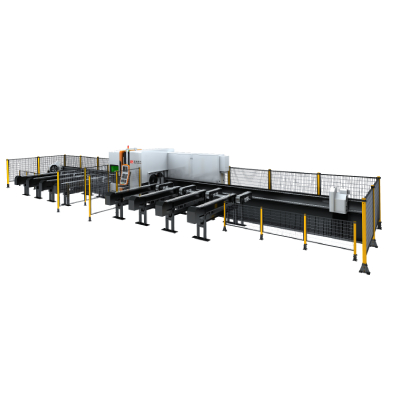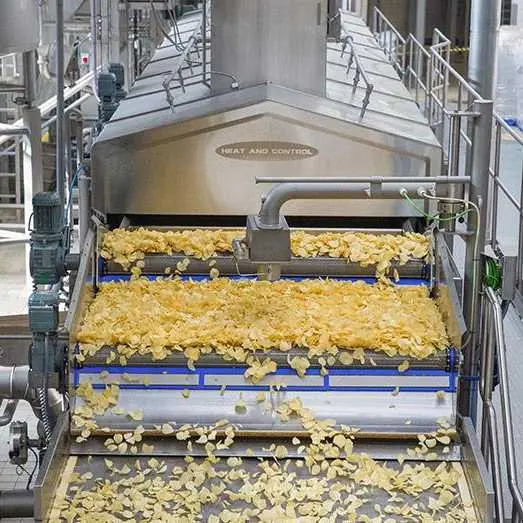
Understanding the Factors Influencing Stainless Steel Laser Cutting Machine Price: A Comprehensive Guide for Buyers
In today’s manufacturing world, precision and efficiency are paramount. One of the most effective technologies for achieving these goals is laser cutting, particularly when working with tough materials like stainless steel. As businesses look to optimize their production capabilities and maintain cutting-edge operations, the demand for stainless steel laser cutting machines has surged. However, one critical aspect that potential buyers must navigate is the pricing of these machines. This article delves into the factors influencing stainless steel laser cutting machine price to help buyers make informed decisions.
**1. Understanding Laser Cutting Technology**
Before diving into pricing, it’s essential to grasp what a stainless steel laser cutting machine entails. Laser cutting technology uses focused laser beams to slice through materials, allowing for intricate designs and precise cuts. Stainless steel, known for its strength, corrosion resistance, and aesthetic appeal, is commonly processed with this technology in various industries including automotive, aerospace, and fabrication.
**2. Types of Laser Cutting Machines**
One of the first factors affecting the price is the type of laser cutting machine. Generally, there are three main types:
– **CO2 Laser Cutting Machines**: These are widely used for cutting non-metal materials but can also cut thin sheets of stainless steel. While they are relatively inexpensive compared to other types, they may not deliver the same level of performance for thicker materials.
– **Fiber Laser Cutting Machines**: These have become the go-to option for cutting stainless steel due to their efficiency and precision. They use a solid-state laser to sustain higher cutting speeds and maintain excellent cutting quality, especially in thick materials. As a result, fiber laser machines tend to carry a higher price tag.
– **Nd:YAG Laser Cutting Machines**: These are less common for cutting stainless steel and are usually pricier due to their unique capabilities. They offer versatility but may not be the most cost-effective choice for standard stainless steel cutting needs.
**3. Machine Specifications**
Another significant factor that influences stainless steel laser cutting machine price is the technical specifications of the machine itself. Key specs to consider include:

Understanding the Factors Influencing Stainless Steel Laser Cutting Machine Price: A Comprehensive Guide for Buyers
– **Power Output**: Machines typically range from 500W to 6000W or higher. Higher power output translates to faster cutting speeds and the ability to process thicker materials, impacting the overall cost.
– **Cutting Area**: The size of the cutting bed will also influence the price. Larger cutting areas allow for bigger sheets of stainless steel to be processed simultaneously but come at an increased cost.

Understanding the Factors Influencing Stainless Steel Laser Cutting Machine Price: A Comprehensive Guide for Buyers
– **Automation Features**: Many machines now come equipped with advanced automation capabilities such as automatic loading and unloading systems, which can significantly boost productivity. However, such features can add to the initial investment.
**4. Brand and Manufacturer Reputation**
Brand plays a crucial role in pricing as well. Established manufacturers often charge a premium for their machines due to their reliability, after-sales service, and reputation for quality. Investing in a machine from a reputable brand may incur higher upfront costs but can save money in the long run through lower maintenance costs and better resale value.
**5. Additional Costs to Consider**
When evaluating the price of a stainless steel laser cutting machine, buyers must also consider additional costs that may not be immediately apparent:
– **Installation and Training**: Proper installation and training for operators can add several thousand dollars to the purchase price, especially for advanced machines.
– **Maintenance and Supplies**: Ongoing maintenance costs, replacement parts, and consumables (like lenses and nozzles) should be factored into the budget. Regular maintenance is essential to keep machines running efficiently.
– **Software Licenses**: Many laser cutting machines require specialized software for operation, which can involve additional costs. Some manufacturers may include this in their pricing while others do not.
**6. Market Factors**
Lastly, the market conditions at the time of purchase can significantly impact pricing. Factors such as material costs, demand fluctuations, and even global supply chain issues can lead to changes in the price of laser cutting machines.
**Conclusion**
In conclusion, the price of a stainless steel laser cutting machine can vary widely based on a multitude of factors, including the type of machine, its specifications, the manufacturer’s reputation, and additional costs associated with operation and maintenance. For buyers, understanding these elements is crucial in making a well-informed investment that aligns with their needs and budget. As the industry continues to evolve, keeping a pulse on market trends and technological advancements will also play a pivotal role in securing a competitive edge. Laser Cutting Machine Metal


